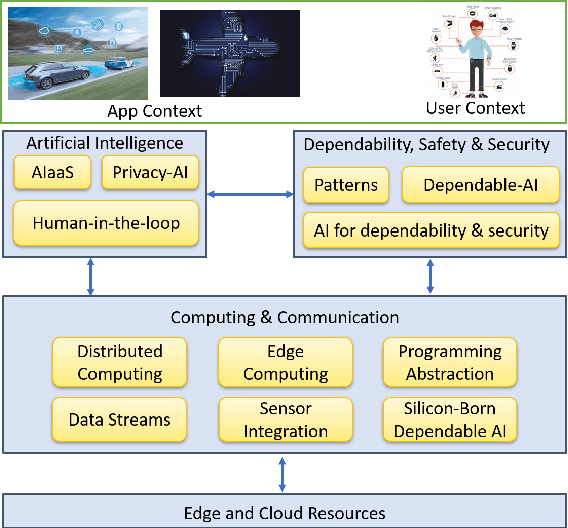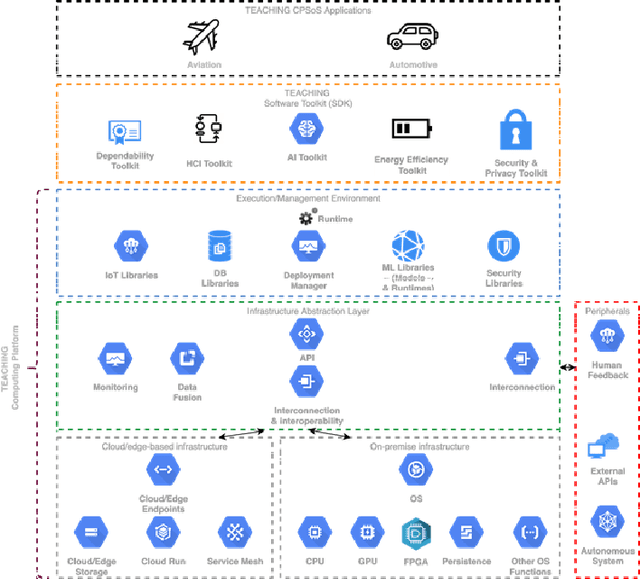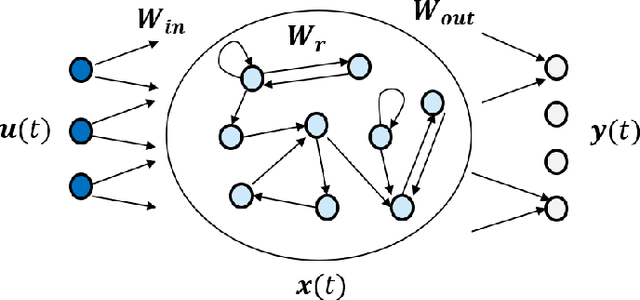Massimo Coppola
Adaptive AI-based Decentralized Resource Management in the Cloud-Edge Continuum
Jan 27, 2025Abstract:The increasing complexity of application requirements and the dynamic nature of the Cloud-Edge Continuum present significant challenges for efficient resource management. These challenges stem from the ever-changing infrastructure, which is characterized by additions, removals, and reconfigurations of nodes and links, as well as the variability of application workloads. Traditional centralized approaches struggle to adapt to these changes due to their static nature, while decentralized solutions face challenges such as limited global visibility and coordination overhead. This paper proposes a hybrid decentralized framework for dynamic application placement and resource management. The framework utilizes Graph Neural Networks (GNNs) to embed resource and application states, enabling comprehensive representation and efficient decision-making. It employs a collaborative multi-agent reinforcement learning (MARL) approach, where local agents optimize resource management in their neighborhoods and a global orchestrator ensures system-wide coordination. By combining decentralized application placement with centralized oversight, our framework addresses the scalability, adaptability, and accuracy challenges inherent in the Cloud-Edge Continuum. This work contributes to the development of decentralized application placement strategies, the integration of GNN embeddings, and collaborative MARL systems, providing a foundation for efficient, adaptive and scalable resource management.
TEACHING -- Trustworthy autonomous cyber-physical applications through human-centred intelligence
Jul 14, 2021


Abstract:This paper discusses the perspective of the H2020 TEACHING project on the next generation of autonomous applications running in a distributed and highly heterogeneous environment comprising both virtual and physical resources spanning the edge-cloud continuum. TEACHING puts forward a human-centred vision leveraging the physiological, emotional, and cognitive state of the users as a driver for the adaptation and optimization of the autonomous applications. It does so by building a distributed, embedded and federated learning system complemented by methods and tools to enforce its dependability, security and privacy preservation. The paper discusses the main concepts of the TEACHING approach and singles out the main AI-related research challenges associated with it. Further, we provide a discussion of the design choices for the TEACHING system to tackle the aforementioned challenges
 Add to Chrome
Add to Chrome Add to Firefox
Add to Firefox Add to Edge
Add to Edge